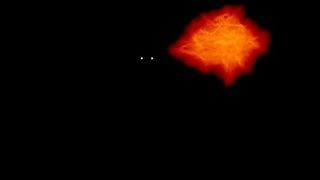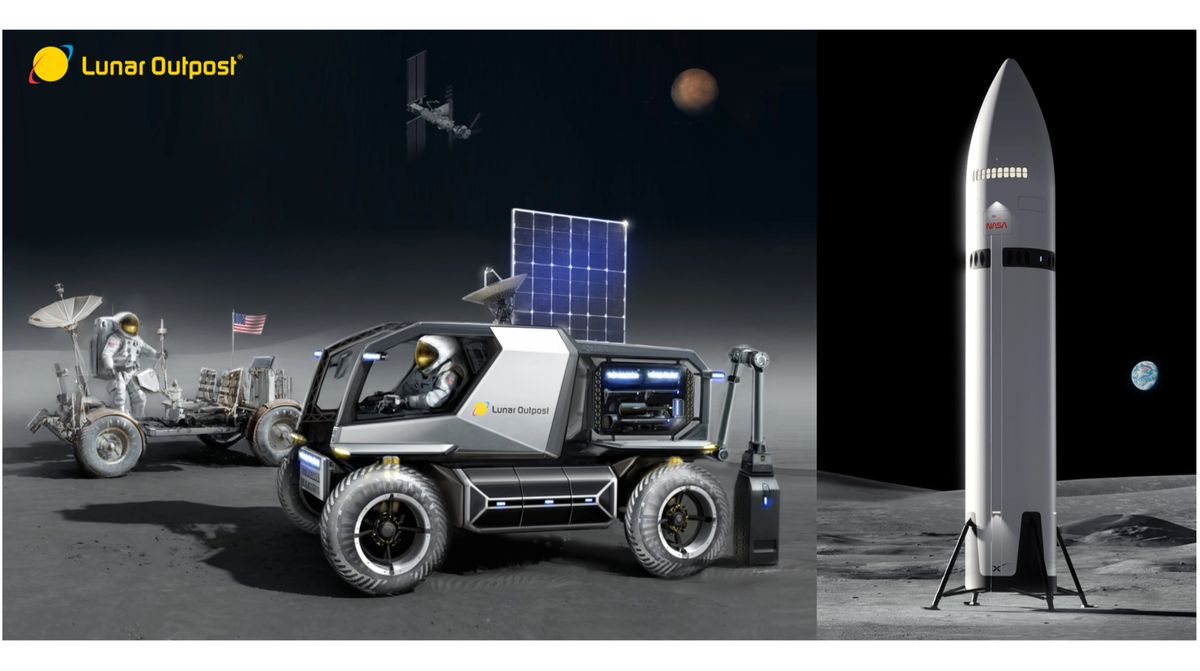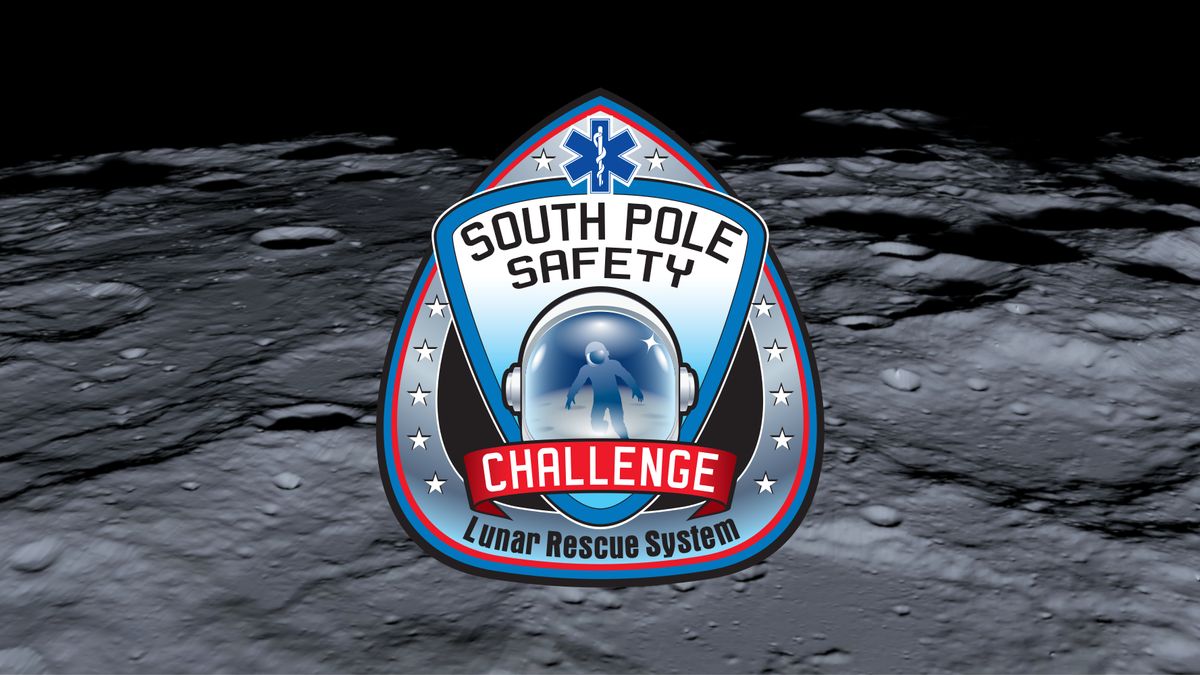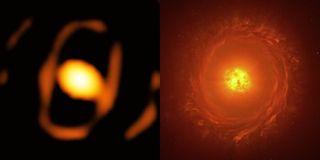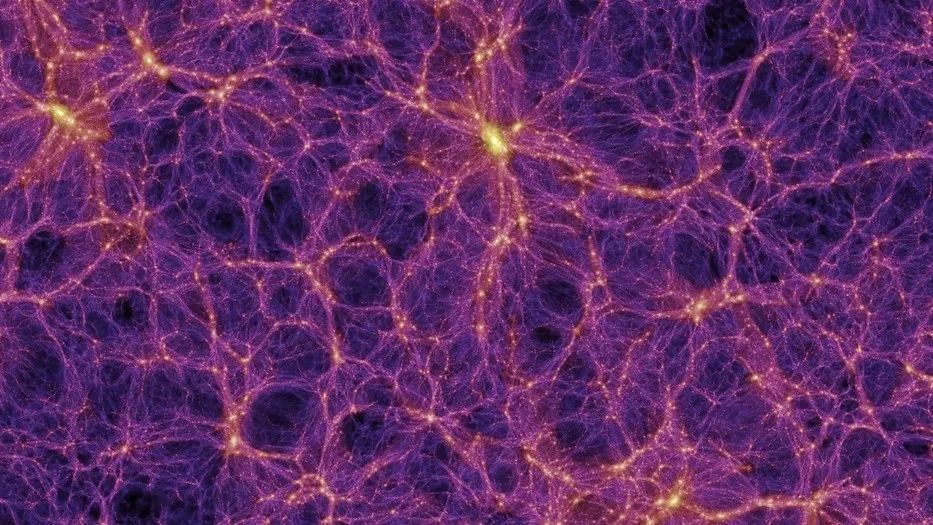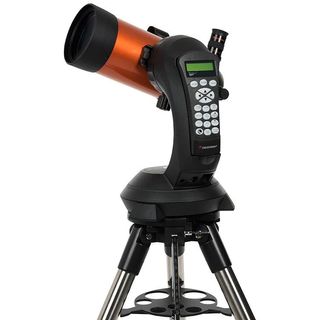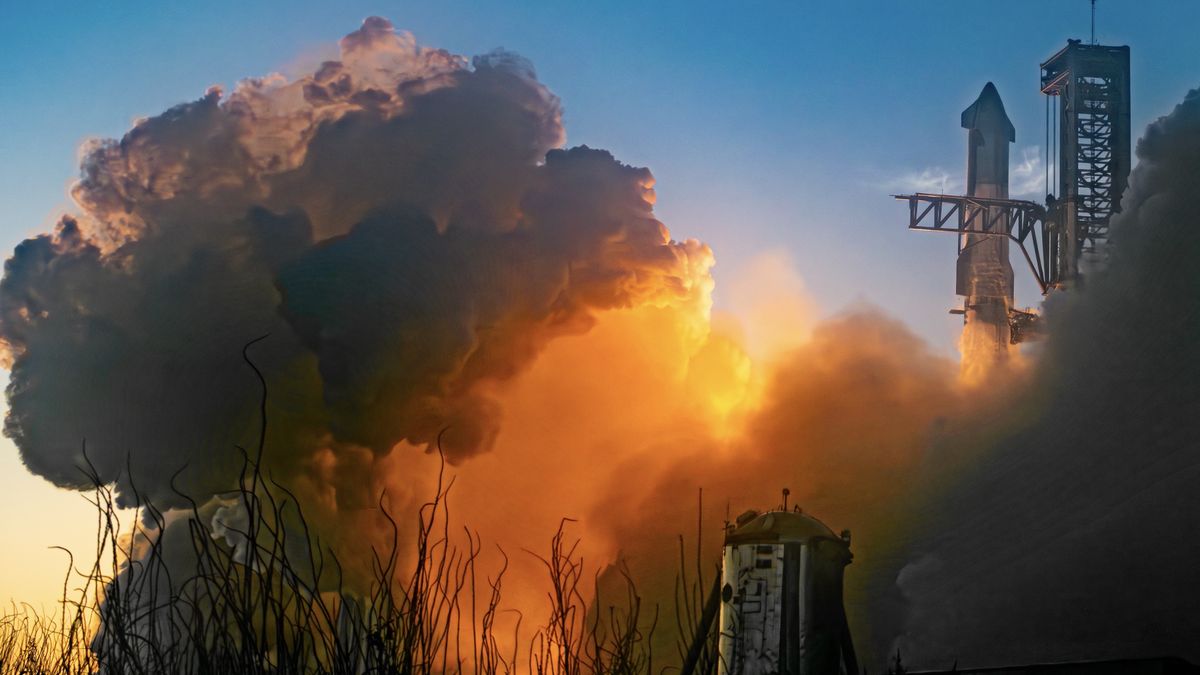The best Lego space sets don’t have to be huge rockets or NASA-licensed properties. Sometimes, the more low-key, obscure builds are the best. One of my favorites is the Lego Ideas Tales of the Space Age, which is currently 30% off in Amazon’s Black Friday sale. This set, which features four different dioramas that can be stood on a shelf or wall-mounted, should be $49.99, but it’s currently just $34.99. I’ve been collecting Lego for a decade and have been writing about it here on Space as well as That…
Read MoreCategory: Solar System
Our solar system
Unusual black hole light bursts puzzle astronomers: ‘We are finding a lot of weird stuff’
Astronomers have stumbled upon a pair of massive black holes in a distant galaxy that are triggering unusual bursts of light. These bright emissions, which appear to peak on a regular cycle, may be caused by the black hole duo disrupting a massive gas cloud — a phenomenon researchers say is the first of its kind to be detected. The cosmic behemoths reside at the center of a galaxy named 2MASX J21240027+3409114, located roughly 1 billion light-years away in the northern constellation Cygnus. These black holes complete an orbit once…
Read MoreSpaceX’s Starship will fly Lunar Outpost’s rover to the moon
SpaceX’s Starship megarocket just added another moon mission to its docket. Colorado company Lunar Outpost announced today (Nov. 21) that it has chosen Starship to launch its new moon rover, known as Eagle, and land the wheeled vehicle on the lunar surface. The news comes two days after the 400-foot-tall (122 meters) Starship flew for the sixth time ever, on a suborbital test flight from Texas that achieved all of its main objectives. “Having experienced the recent groundbreaking Starship test flight firsthand, we’re confident that SpaceX is advancing the most…
Read MoreWill astronauts need to be rescued from the moon? NASA wants to be prepared just in case
NASA wants ideas on how to create emergency response plans for future missions to the moon. The space agency’s South Pole Safety challenge focuses on the development of innovative solutions for a compact, efficient system that astronauts can use in the event of an emergency during extravehicular activities (EVAs) on the lunar surface. Participants are asked to submit technical design concepts that could be adapted for NASA’s Artemis program. “If an astronaut crew member becomes incapacitated during a mission, the ability to return them safely and promptly to the human…
Read MoreStar imaged in detail outside the Milky Way for the 1st time (image, video)
Astronomers have captured a “zoomed-in” image of a star outside the Milky Way for the first time. The team brought the vast red supergiant star designated WOH G64 into focus using the Very Large Telescope Interferometer (VLTI). WOH G64 is located a staggering 160,000 light-years away in the Large Magellanic Cloud (LMC), a satellite dwarf galaxy companion of the Milky Way. Astronomers have known of the existence of this star for some time, and it has earned the nickname the “behemoth star” because it is an incredible 2,000 times the…
Read MoreWhat’s next for SpaceX’s Starship after its successful 6th test flight?
The biggest and most powerful rocket ever built now has six test flights under its belt — and it’s just getting started. SpaceX launched its 400-foot-tall (122-meter-tall) Starship megarocket for the sixth time ever on Tuesday (Nov. 19), sending the giant stainless-steel vehicle skyward from its Starbase site in South Texas. Starship performed well throughout the lengthy trial. Its Super Heavy first stage splashed down softly in the Gulf of Mexico after an issue with the launch tower precluded a planned “chopsticks” catch-landing back at the pad, and the “Ship”…
Read More‘Superhighways’ connecting the cosmic web could unlock secrets about dark matter
Giant filaments crisscross the universe, connecting galaxy clusters like superhighways between cities. Their shape and structure encode vital information about the contents and history of the universe. But due to their complex shapes, they are stubbornly difficult to measure. Now, researchers have presented a new method for measuring these filaments’ mass, which could be used to unlock secrets about dark matter and dark energy. At the very largest scales, our universe resembles a spider web. Known appropriately as the cosmic web, it is the largest pattern found in nature. Within…
Read MoreI love this Star Trek-themed underwear and it’s 20% off for Black Friday
Oddballs’ Star Trek-themed underwear boldly goes where no briefs and panties have gone before and are now 20% cheaper in this Black Friday deal. There is a selection of two different Stark Trek fabric prints to choose from and a range of underwear styles for both male and female Trekkies. Get a 20% saving on Star Trek-themed underwear at Oddballs. For men, there’s a choice of boxers and briefs, while women can choose from boxers, panties, and bra tops. All of the underwear pieces are made from a 95% cotton,…
Read MoreSee Mars make a close pass to the moon tonight
The moon and Mars will share a close approach in the night sky tonight (Nov. 20), coming close enough together for a nice pairing for the naked eye or binoculars. As seen from the United States, the moon will rise in the east about four hours after sunset and will stay visible throughout the night, remaining high in the sky until after sunrise. Just above the moon will be Mars, shining brightly as an orange-yellow orb. The Red Planet and the moon will also join up in what’s known as…
Read MoreHow to watch SpaceX launch Flight 6 of its Starship megarocket today
Just before sunset this evening (Nov. 19) on the outskirts of the southernmost town in Texas, SpaceX’s Starship rocket is scheduled to launch on its sixth test flight to space, and you can watch it live on Space.com. The two-stage reusable vehicle is the largest and most powerful rocket ever built, consisting of the Starship upper stage and its Super Heavy booster. Today’s launch, designated Integrated Flight Test-6 (IFT-6), is scheduled to lift off during a 30-minute window that opens at 5:00 p.m. EST (2100 GMT; 4 p.m. local Texas…
Read More